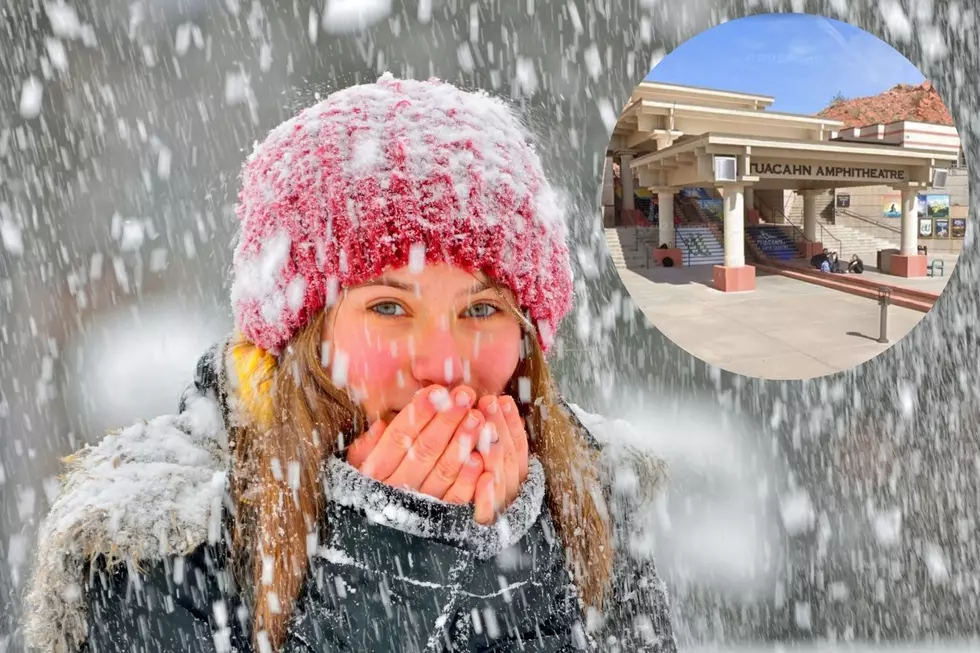
Southern Utah Alert: Suicide Among Older Adults Is On The Rise
Grief and loneliness.
Those are far and away the top reasons older people are turning to suicide.
The Centers For Disease Control in America makes no bones about it: Suicide among older adults is a real problem in this country:
"Suicide and suicide attempts are serious public health challenges. These events can have lasting emotional, mental, and physical health impacts, as well as economic consequences. They can also impact people who struggle with their own risk of suicide and/or mental health challenges."
Men aged 75 and older have the highest suicide rate (42.2 per 100,000) compared to ALL other age groups.
And it's not just the elderly. According to the CDC, adults aged 35–64 years account for 46.8% of all suicides in the United States, and suicide is the eighth leading cause of death for this age group.
In Utah, the suicide rate is 20.1 per 100,000 people, the eighth leading cause of death in our state. The Utah suicide rate is consistently higher than the national rate, and more deaths result from suicide than from motor vehicle crashes, breast cancer, or other chronic physical health problems.
And it's been getting worse. Just 18 years ago, the suicide rate in Utah was was 15.4 deaths per 100,000 people (we've gone up nearly five deaths per 100,000 people in that short time span). Utah is 14th among the 50 states in suicide rate.
So what can we do about it?
According to the National Council On Aging, one of the biggest keys is identifying the warning signs:
"A person who may be thinking about suicide likely does not want to die, but is in search of some way to make pain or suffering go away. Older people who attempt suicide are often more isolated, more likely to have a plan, and more determined than younger adults. Suicide attempts are more likely to end in death for older adults than younger adults, especially when attempted by men."
Here are some of the warning signs presented by the NCOA:
- Depression
- Prior suicide attempts
- Marked feelings of hopelessness; lack of interest in future plans
- Feelings of loss of independence or sense of purpose
- Medical conditions that significantly limit functioning or life expectancy
- Impulsivity due to cognitive impairment
- Social isolation
- Family discord or losses (i.e. recent death of a loved one)
- Inflexible personality or marked difficulty adapting to change
- Access to lethal means (i.e. firearms, other weapons, etc)
- Daring or risk-taking behavior
- Sudden personality changes
- Alcohol or medication misuse or abuse
- Verbal suicide threats such as, “You’d be better off without me” or “Maybe I won’t be around”
- Giving away prized possessions
The national suicide hotline, simplified to a quick 9-8-8 by suicide prevention groups, is also an excellent resource.




